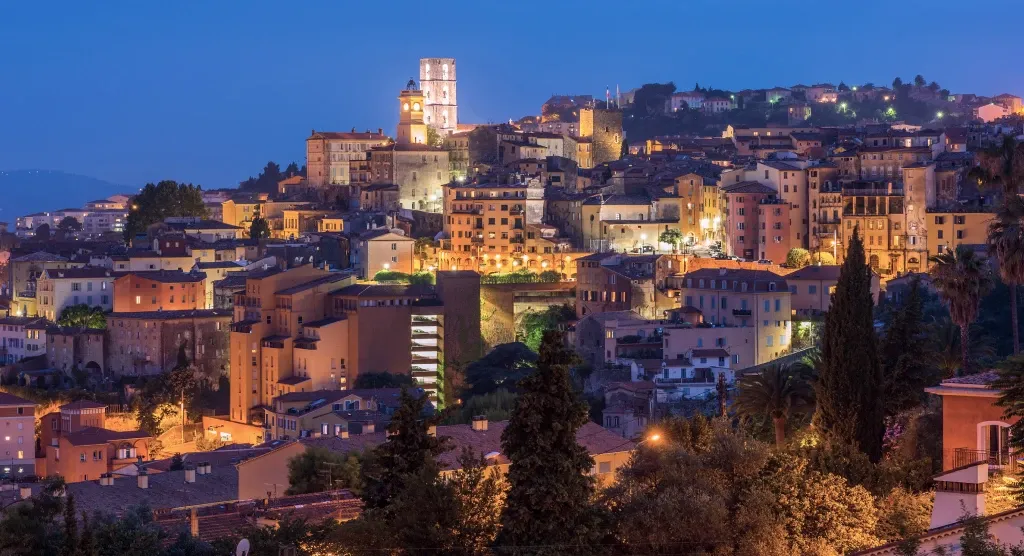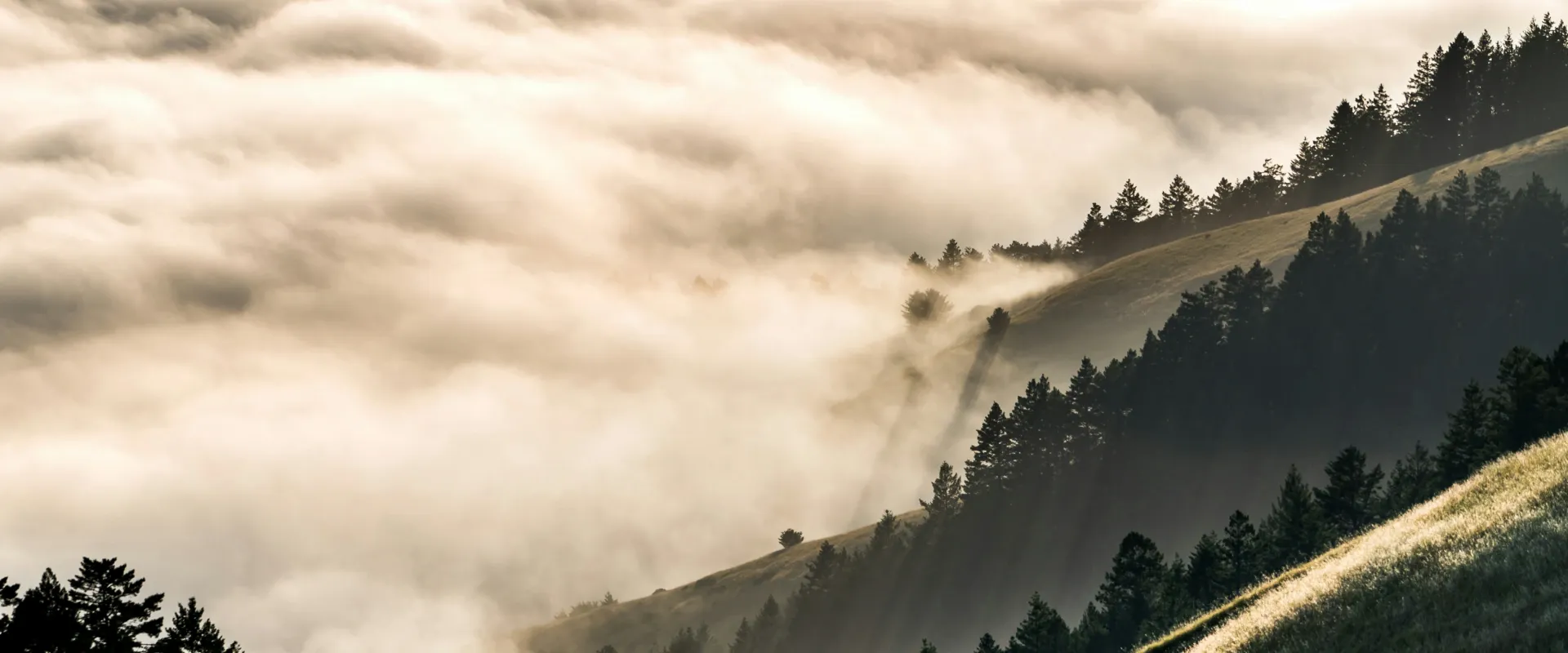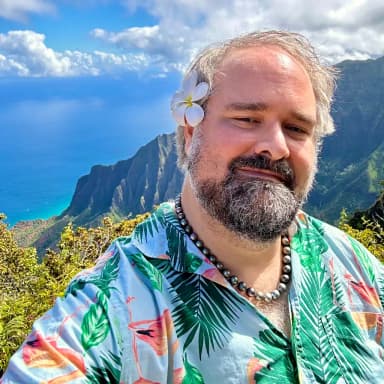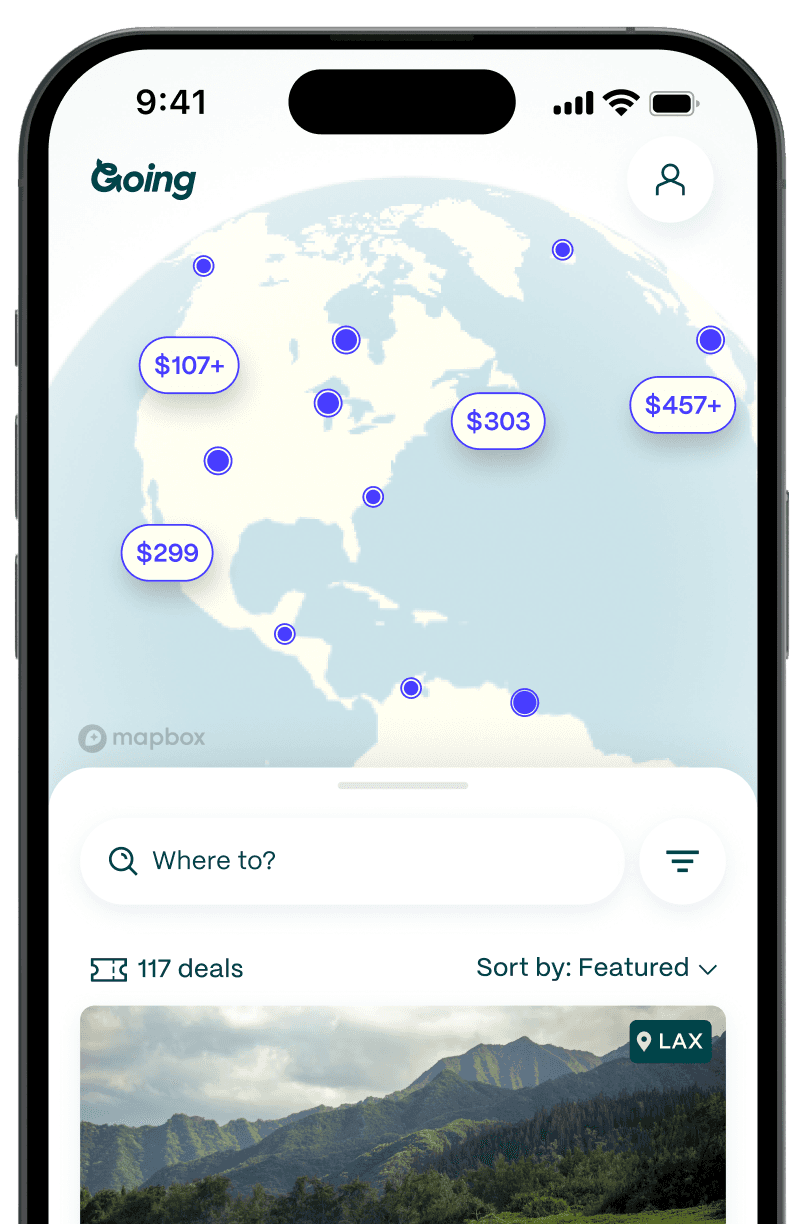
Creating Your Own Scent in Grasse, France, the World Capital of Perfume
Located in southern France, the small hillside town of Grasse is known as the world capital of perfume. It sits in a microclimate ideal for growing flowers like May Rose and jasmine—far enough from the salt spray of the sea, with warm air, sunshine, and crisp mountain aquifers for fresh water—but that’s only part of why it became the center of perfume-making.
In the 16th century, Grasse was noted for the quality of its leather goods. A center for tanning and processing leather, it was also notoriously odorous because of the animal hides and chemicals involved. Artisans in the city developed perfumes to improve the appeal of locally produced leather goods (perfumed gloves were particularly popular in the late Renaissance), and by the 18th century, Grasse was famed for technological expertise in fragrance.
Today, tens of thousands of pounds of flowers are grown in Grasse yearly (27 tons of jasmine alone!), and the fashion houses Chanel and Dior even have private acreage to grow flowers for their perfume operations. The perfumers in Grasse now make nearly 50% of all fragrances created in France, and three of them—Galimard, Fragonard, and Molinard—conduct short workshops for visitors to create their own bespoke fragrances.

I arrived in Grasse on the train from Cannes on a crisp morning and made my way to the workshop at Galimard, one of the first French perfume houses, founded in 1747. Galimard was also the first Grasse perfumer to open a fragrance workshop to the public, in 1996. Perched on a tree-lined hillside overlooking the valley (the flower fields are small “boutique” plots on flatter land outside the city), the Galimard atelier has a small shop in front, selling some of the house’s best-known creations—evocative names such as Bel Canto, Bois de Lune, and Ambre Iris. In the back, there are some 30 fragrance “organs”(specially designed tables with tiered shelves), each containing 123 fragrance “notes” (individual scents that make up a perfume).

The two-hour workshop starts with a perfumer briefly explaining to students the basics of fragrance: the base, middle, and top notes, which are noted in reverse order when a fragrance is sprayed. The top notes last a few minutes, the middle notes linger an hour or two, and the base notes hang on for several hours.
On the organ, fragrances are carefully organized. The three tiers contain the notes or individual fragrance extracts that comprise a completed fragrance compound. The bottom, middle, and top tiers contain the base, middle, and top notes, and they’re organized from left to right, from floral and light to rich and woody.
We started with the base notes. The instructor, a master perfumer who can conduct the class in French, English, German, Italian, or Russian, instructed us to pick between four and six notes from the base row—leaning more to the left for a “female” fragrance, to the right for a “male” fragrance, or in the middle or across the entire spectrum for a “unisex” fragrance.
I went through the bottom row and narrowed my base note selections to rich cedar wood, deeply sensual tuberose (a sort of muskier gardenia), Bavarian mousse (a sort of creamy vanilla-chocolate combination), and two types of sweetly scented sandalwood. The instructor then asked which notes I wanted to be most prominent, and based on that, made suggestions for how many millimeters of each note to drop into the lined beaker in front of me (one millimeter is thirty to fifty drops depending on the viscosity of the note). Once they were added, she had me smell the beaker. If I liked the combination of base notes, I would go on to the middle notes. If I wanted to make adjustments, I could pour it out and change the formula.
I liked it; it had a nice woody base with a suggestion of tropical florals. I repeated the process again with the middle and top notes, ultimately adding bamboo, wild jasmine, fig, gardenia, tiaré, cucumber, pineapple, English tea, grapefruit, lavender, and lime.
I liked the final result, so the instructor added some perfumer’s alcohol (which facilitates spray-on applications), poured it all into a glass bottle with an atomizer, and labeled it with the name I chose—Jardin du Ciel 21 (Sky Garden 21)— and the formula number, which is what I’ll need to send in when I want the fragrance refilled. My formula will be kept on file at the atelier indefinitely, so when I want refills, all I need to do is re-order on the website. Based on the number assigned to my formula, the number of unique formulas on file must be in the hundreds of thousands.
In Grasse, visitors can spend a day creating their fragrance, visiting the International Perfume Museum with its indoor/outdoor gardens showcasing examples of popular fragrance botanicals, and strolling the palm tree-lined Boulevard du Jeu de Ballon, among the fragrance of jasmine and May Rose from the surrounding fields.

Getting there
Grasse is located in southern France. Cannes (CEQ) and Nice (NCE) are the closest airports, and you can take the train from either. It’s about 12 miles from Cannes (30 minutes by train) and 27 miles from Nice (70 minutes by train).
Average Going price for cheap flights to Nice: $509 RT
How to do it
- Best time to go: Workshops operate every day of the year except major holidays, but the most popular time to visit Grasse is during the summer and particularly in May, during the May Rose festival, when the surrounding May Rose fields are in full bloom, and the fragrance is noticeable for miles.
- Tips and Considerations: Galimard also offers private workshops for an additional cost. Travelers visiting Grasse during the popular summer season should book workshops well in advance.
- Cost: The two-hour workshop costs €58 per person, which includes the cost of the 100-milliliter bottle of eau de parfum you create. Children must be at least 8 to participate, and those aged 8-15 are €48. Observers who do not wish to participate in the workshop, but sit with a participant and watch, are permitted at a maximum of one per participant for €10.
Read about more destinations in France:
Last updated August 30, 2024
Articles you might like
View All
Best Day Trips from San Francisco: 25 Trips You’ll Actually Want to Take (2026)
Jan 6, 2026
12 min read

30 Free Things To Do In San Francisco That People Keep Recommending
Jan 6, 2026
10 min read

Marrakesh: The North African City Where Storytelling Is an Art
Jan 5, 2026
5 min read






